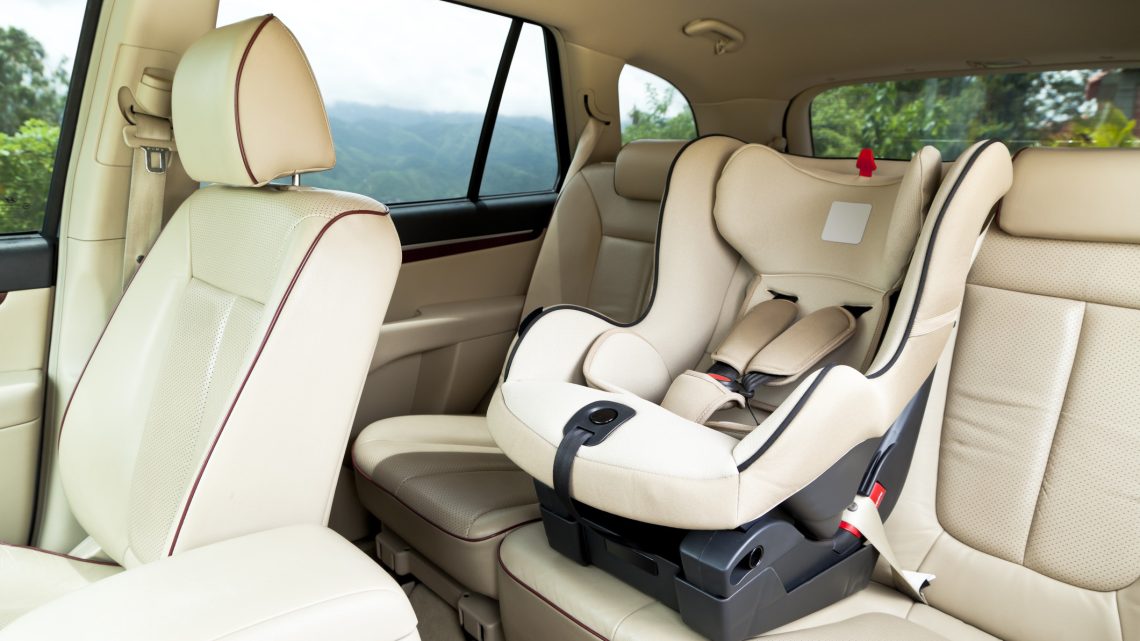Like all states, Texas has child passenger safety laws in place requiring the use of car seats or booster seats. While the fundamental car seat laws are universal, specific details such as weight, age, height, and restraint types required vary. Drivers and parents alike must adhere to these regulations not just for the sake of avoiding a fine; but also to provide the best possible protection for our most vulnerable passengers.
Texas law mandates that all children younger than eight years old, unless they are taller than 4 feet 9 inches, must be secured in an appropriate child safety seat system whenever they ride in a vehicle. Failure to properly restrain a child can result in a ticket of up to $250 for a first offense, plus court costs. This law applies to all passenger vehicles, and drivers are responsible for ensuring compliance.
The Stages of Child Passenger Safety in Texas
Texas law does not specify what type of car seat is required for young children, only that it is being used according to the instructions of the car seat manufacturer. However, the state provides a guideline on the type of car seat your child needs depends on their age, weight, and height. The general progression is as follows:
Rear-Facing Car Seats (Infants and Young Toddlers):
- Texas Department of Transport emphasizes keeping infants and young toddlers in rear-facing car seats for as long as possible. This is the safest position as it supports the child’s head, neck, and spine in a crash according to the NHTSA.
- Children should remain rear-facing until they reach the maximum height or weight limit allowed by their car seat’s manufacturer. While the law previously had age or weight minimums (e.g., at least one year old and 20 pounds), the current best practice and strong recommendation is to continue rear-facing past age two if the car seat allows.
- Crucially, a rear-facing car seat should NEVER be placed in the front seat if there is an active passenger airbag. If a vehicle does not have a back seat, the airbag must be deactivated, and the seat moved as far back as possible.
Forward-Facing Car Seats (Over 2 Years Old):
- Once a child outgrows the rear-facing limits of their car seat (typically around ages two to four), they should transition to a forward-facing car seat with a five-point harness and tether.
- Children should remain in a forward-facing seat with a harness until they reach the upper weight or height limit of that particular seat, which can be up to 65 pounds or more.
Booster Seats (Ages 4 to 8 Years Old):
- After outgrowing a forward-facing car seat, the next step is a belt-positioning booster seat. These seats are designed to lift the child so that the vehicle’s lap and shoulder seat belt fits them correctly.
- Children must use a booster seat until they are at least eight years old OR have reached 4 feet 9 inches in height.
- For a proper fit in a booster seat:
- The lap belt should lie low and snugly across the upper thighs, not the stomach.
- The shoulder belt should lie snugly across the shoulder and chest, not crossing the neck or face.
- Booster seats should always be used with both a lap and shoulder belt.
Seat Belts (Older Children):
- Once a child is 8 years old and/or 4 feet 9 inches tall, they can typically transition to using the vehicle’s standard seat belt.
- Even after reaching these benchmarks, it’s recommended that children continue riding in the back seat until at least age 13, as it is the safest location in the vehicle.
Other Best Practices for Car Seat Safety
While the law sets the minimum requirements, maximizing safety often involves going above and beyond:
After a Crash
It is recommended to replace any car seat that has been involved in a moderate to severe crash, even if there’s no visible damage. If your child was injured while properly restrained in a car seat, you may have legal recourse. According to the Carrollton car accident attorney at Greening Law, you may be able to recover damages from an at-fault driver or hold the car seat manufacturer liable for injuries caused by a defective design.
Read the Manual
Always read both your car seat’s instruction manual and your vehicle’s owner’s manual. These provide specific guidance on installation and proper use for your particular models in accordance to your child’s weight, height, and age.
Proper Installation
Ensure the car seat is installed tightly with either the lower anchors (LATCH system) or the vehicle’s seat belt. It should not move more than one inch side-to-side or front-to-back at the belt path.
Check for Expiration Dates
Car seats have expiration dates, typically around six years from the manufacture date. Materials can degrade over time, compromising safety.
Professional Inspections
Take advantage of free car seat inspection stations offered by organizations like the Texas Department of Transportation (TxDOT) and the Department of Public Safety (DPS). Nationally certified child passenger safety technicians can ensure your car seat is installed correctly and is appropriate for your child. You can find inspection locations and events through the TxDOT and DSHS websites.





No Comment